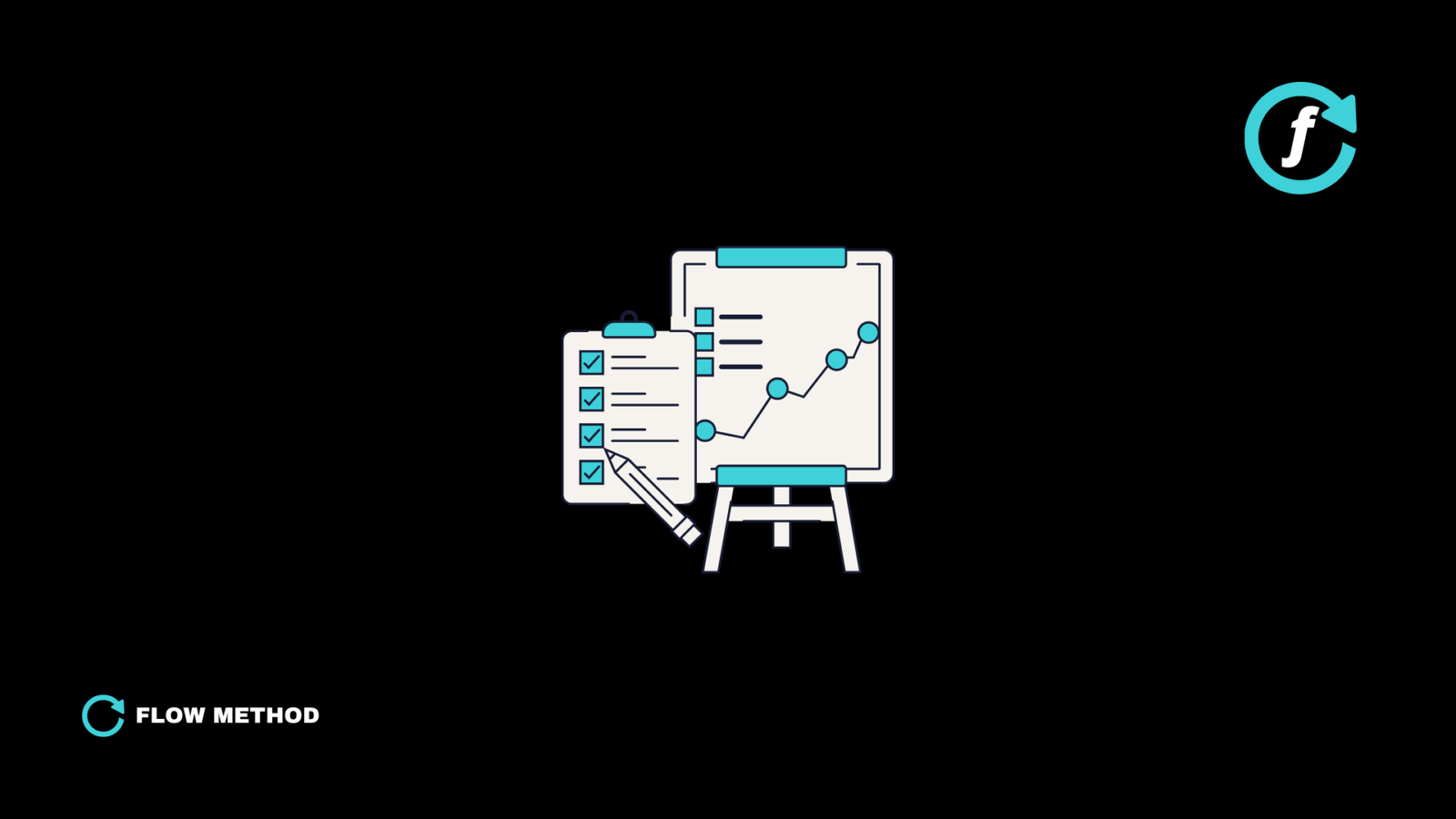Scaling a business is a critical step for entrepreneurs who want to achieve sustainable growth. Unlike starting a business, scaling focuses on expanding operations, increasing revenue, and reaching more customers—all while maintaining efficiency and minimizing risks.
In this guide, we’ll walk you through the strategies and systems needed to successfully scale your business without losing control or sacrificing quality.
What Does Scaling a Business Mean?
Scaling a business means increasing your capacity to handle growth without a proportional increase in costs. It’s about building a business that can grow efficiently while maintaining profitability and operational excellence.
Key Characteristics of Scaling:
- Increased revenue and customer base.
- Improved systems and processes to handle growth.
- Consistent delivery of products or services at scale.
Scaling is not just about growing—it’s about growing smartly and sustainably.
Why Scaling is Important
- Maximize Revenue Potential: Increase sales without a significant rise in expenses.
- Expand Market Reach: Serve more customers and enter new markets.
- Enhance Business Value: A scalable business attracts investors and buyers.
- Maintain Competitive Advantage: Stay ahead in a rapidly evolving market.
Scaling allows you to achieve growth without overburdening your resources.
Step 1: Assess Your Business Readiness
Before scaling, evaluate whether your business is ready to handle growth.
Questions to Ask Yourself:
- Is your current revenue stable and growing?
- Do you have the infrastructure to support more customers?
- Are your systems and processes optimized for efficiency?
How to Prepare:
- Strengthen Your Foundation: Address inefficiencies and resolve bottlenecks.
- Build a Reliable Team: Ensure your employees can handle increased workloads.
- Secure Financial Resources: Have enough capital to fund scaling efforts.
Step 2: Focus on Scalable Systems and Processes
Efficient systems and processes are essential for scaling.
Examples of Scalable Systems:
- Automation Tools: Automate repetitive tasks like invoicing, email marketing, and inventory management.
- Customer Relationship Management (CRM): Use platforms like HubSpot or Salesforce to manage customer interactions.
- Project Management Software: Tools like Trello or Asana keep teams organized and on track.
Why It Matters:
Scalable systems reduce manual work, minimize errors, and allow your business to grow without overwhelming your team.
Step 3: Diversify Revenue Streams
Relying on a single source of income can limit your growth potential.
How to Diversify Revenue:
- Introduce New Products or Services: Expand your offerings to meet additional customer needs.
- Explore New Markets: Target different geographic regions or customer segments.
- Create Recurring Revenue Streams: Develop subscription-based models for consistent cash flow.
Why It Matters:
Diversified revenue reduces risk and ensures steady growth, even in fluctuating markets.
Step 4: Build a Strong Team
Your team is the backbone of your business. As you scale, invest in hiring, training, and retaining top talent.
Tips for Building a Scalable Team:
- Delegate Effectively: Empower employees to take ownership of tasks.
- Hire Strategically: Focus on roles that directly impact growth, like sales and customer support.
- Provide Training: Equip your team with the skills they need to succeed.
Why It Matters:
A strong team ensures your business can handle growth without compromising quality or efficiency.
Streamline your scaling process with tools and templates at Flow Method Templates.
Step 5: Optimize Marketing and Customer Acquisition
Scaling requires a steady influx of new customers while retaining existing ones.
Marketing Strategies for Scaling:
- Invest in Digital Marketing: Use paid ads, SEO, and social media to expand your reach.
- Build Partnerships: Collaborate with complementary businesses to access new audiences.
- Leverage Referrals: Encourage satisfied customers to refer others.
Customer Retention Tips:
- Provide exceptional customer service.
- Personalize your communication and offers.
- Reward loyalty with discounts or exclusive benefits.
Why It Matters:
Effective marketing ensures your growth efforts are supported by a steady stream of customers.
Step 6: Monitor Key Metrics
Tracking performance metrics helps you measure success and identify areas for improvement.
Important Metrics for Scaling:
- Revenue Growth: Measure the increase in income over time.
- Customer Acquisition Cost (CAC): Evaluate how much it costs to gain new customers.
- Customer Lifetime Value (CLV): Assess the total value a customer brings over their lifetime.
- Employee Productivity: Monitor efficiency to ensure workloads remain manageable.
Why It Matters:
Metrics provide insights that guide decision-making and ensure your scaling efforts are on track.
Step 7: Adapt and Stay Agile
Scaling is not a one-size-fits-all process. Be prepared to adapt to challenges and opportunities as they arise.
Tips for Staying Agile:
- Regularly review your strategy and make adjustments as needed.
- Stay updated on market trends and customer preferences.
- Encourage innovation and experimentation within your team.
Why It Matters:
Agility allows your business to thrive in dynamic and competitive environments.
Common Challenges When Scaling a Business
- Maintaining Quality: Rapid growth can lead to inconsistent products or services.
- Overextending Resources: Scaling too quickly can strain finances and operations.
- Leadership Gaps: Ineffective management can hinder growth.
How to Overcome These Challenges:
- Focus on building strong systems and processes.
- Scale at a manageable pace to avoid burnout.
- Invest in leadership development and training.
Conclusion: Scale Smart, Grow Strong
Scaling a business is an exciting yet challenging process. By focusing on scalable systems, diversifying revenue, and building a strong team, you can achieve growth without compromising quality or stability.
Remember, the key to scaling is sustainability. Approach each step thoughtfully, track your progress, and stay adaptable to ensure long-term success.
Ready to scale your business efficiently? Join the Flow Method Community for expert support and guidance:
Flow Method Community


